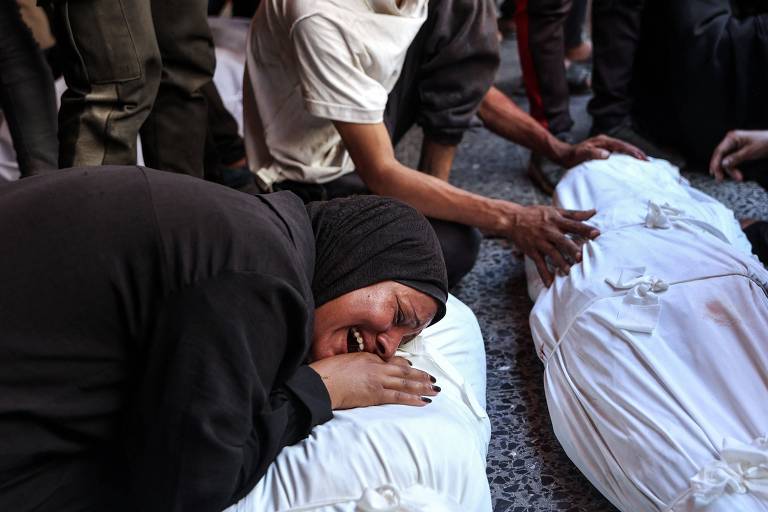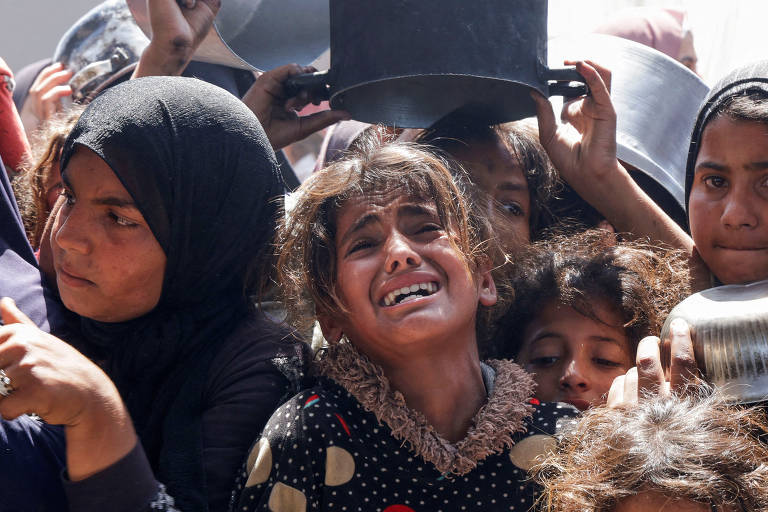Israel admits killing civilians seeking aid in Gaza, but says Hamas exaggerates figures

The Israeli Armed Forces admitted on Monday (30) to having killed Palestinian civilians in lines at food distribution centers and other supplies of the Gaza Humanitarian Foundation (FHG). As a result of the investigation started last Friday (27) , Tel Aviv acknowledged that there were deaths and injuries, but stated that the terrorist group Hamas releases exaggerated numbers.
On Monday alone, the local Health Ministry, controlled by the faction, reported at least 58 deaths in yet another wave of Israeli attacks . By the end of last week, the agency had counted at least 549 deaths, 3,799 injured and another 39 missing. In the same period, UN agencies — without on-site verification due to logistical difficulties — confirmed the veracity and spoke of at least 410 deaths in these circumstances. The NGO Doctors Without Borders also spoke of more than 500 deaths.

Tel Aviv forces opened an investigation on Friday into whether the country's military fired on unarmed Palestinians in the FHG queues after a report in the Israeli newspaper Haaretz , critical of Netanyahu's government, said soldiers and officers in Gaza had been ordered by their superiors to shoot at civilians even when there was no clear danger.
In Monday's announcement, Israeli forces maintained that they only use lethal force when a threat is posed to their soldiers. Despite that directive, there have been at least three "tragic episodes" in which they have carried out artillery bombardments near aid centers in an attempt to prevent people from accessing areas outside them, the Tel Aviv military said.
In those cases, Israel says, the bombings were "inaccurate" and killed 30 to 40 people, several of whom died. The military said these deaths "needed not have happened" and were not intended to target civilians.
Israel said all reported cases of civilian casualties had been investigated and as a result, forces had "reorganized access routes" to distribution centers , and were working to improve infrastructure, signage and announcements for aid sites.
According to Tel Aviv, there is currently no screening process for Palestinians arriving at the checkpoints — such as facial recognition, which has previously been reported as dangerous by aid groups and which many Palestinians fear could be used to track and possibly attack them. In the coming weeks, the forces plan to implement a screening process, in parallel with the opening of new centers.
Tel Aviv said "lessons have been learned" and announced the closure of one of the posts — Tel al-Sultan — while a new one is being built. The move, according to the forces, aims to "reduce friction with the population and maintain [the military's] security on the ground."
Also on Monday, Avichay Adraee, a spokesman for the Tel Aviv Army, said on the social network X that, under the justification of "destroying the capabilities of terrorist organizations", military operations would "extend westward to the center of Gaza City" .
The area in southern Gaza where residents have been directed is overcrowded. Even before the current conflict erupted, the territory was already one of the densest in the world; now, with virtually all its inhabitants internally displaced by 20 months of bombardment, the supposedly safe areas are even more overwhelmed.
Palestinians in northern Gaza reported one of the worst nights of Israeli bombardment in weeks on Monday. "The explosions didn't stop; they bombed schools and houses. It felt like an earthquake," Salah, 60, a father of five from Gaza City, told Reuters news agency. "On the news we hear that a ceasefire is near, on the ground we see death and hear explosions."
Some of those now moving south had returned to the north during the ceasefire that was in force between January and March this year. Since the end of the truce, more than 684,000 people have been displaced, according to UNHCR, the UN refugee agency.
uol






